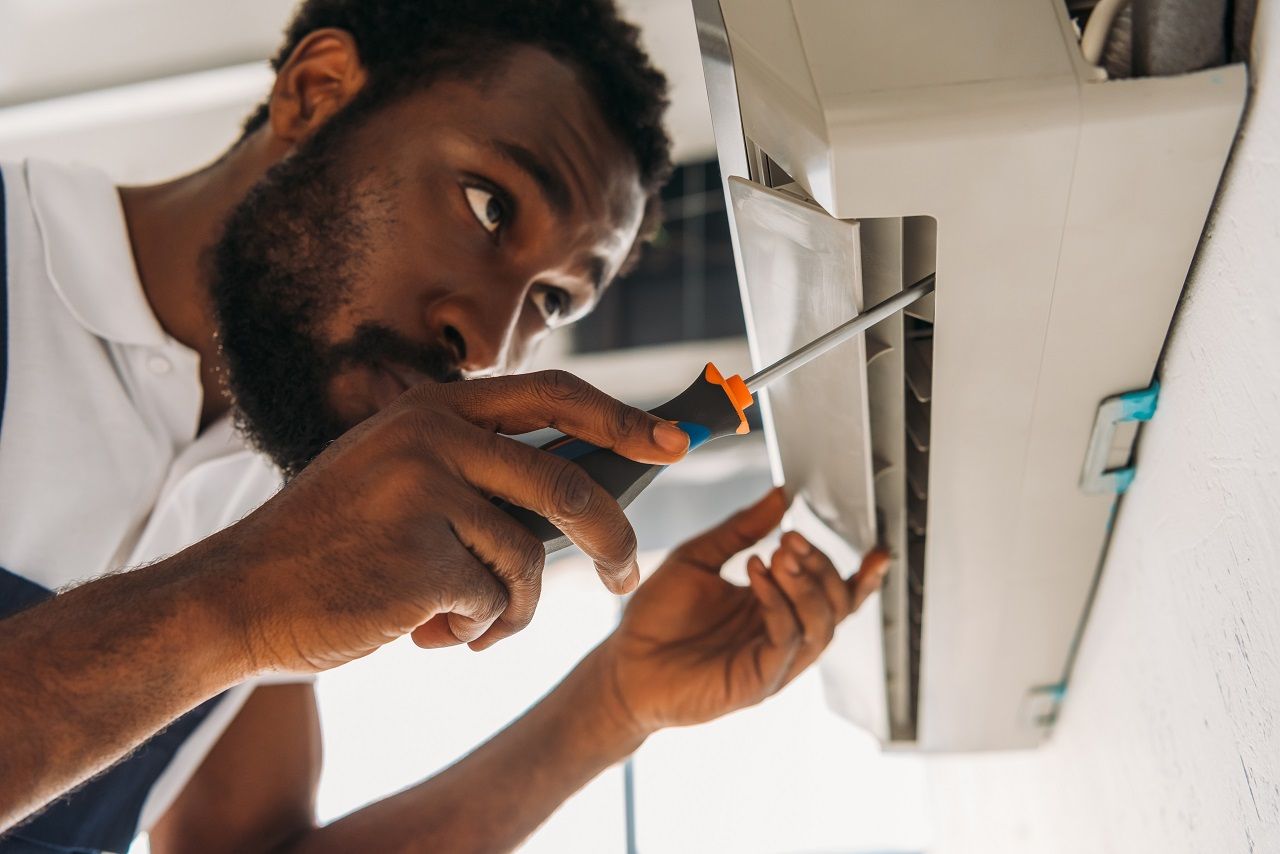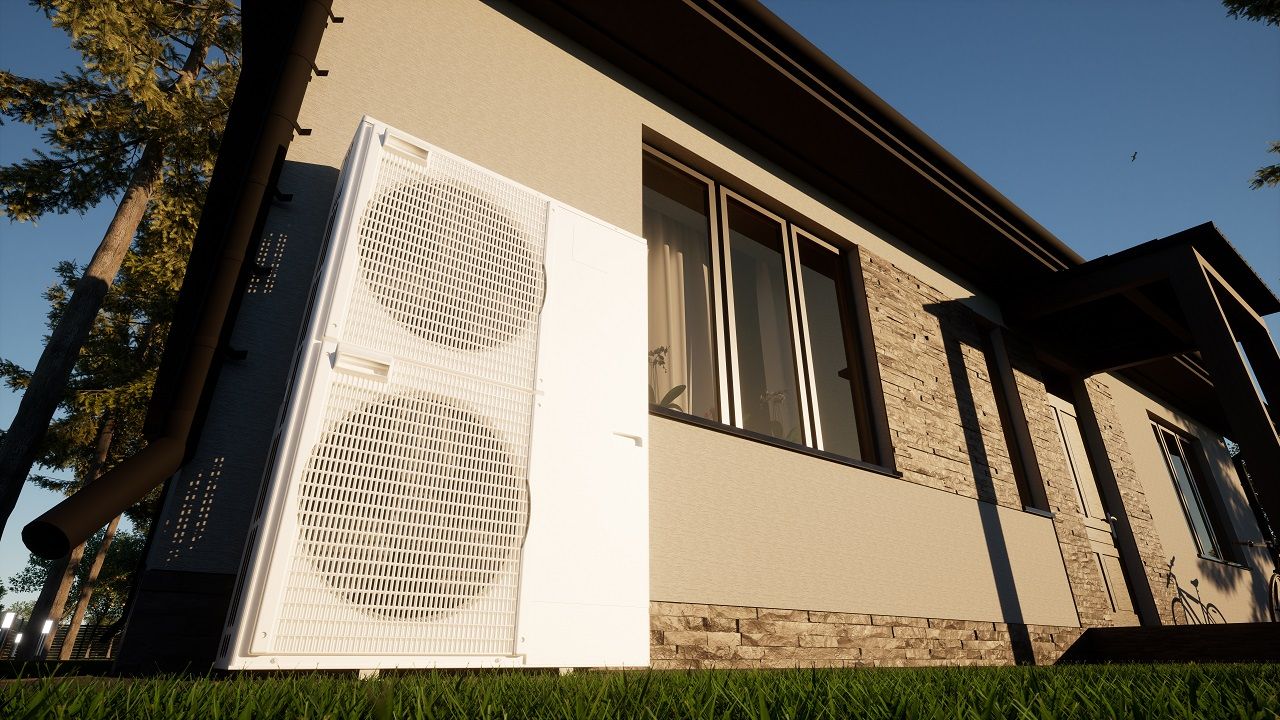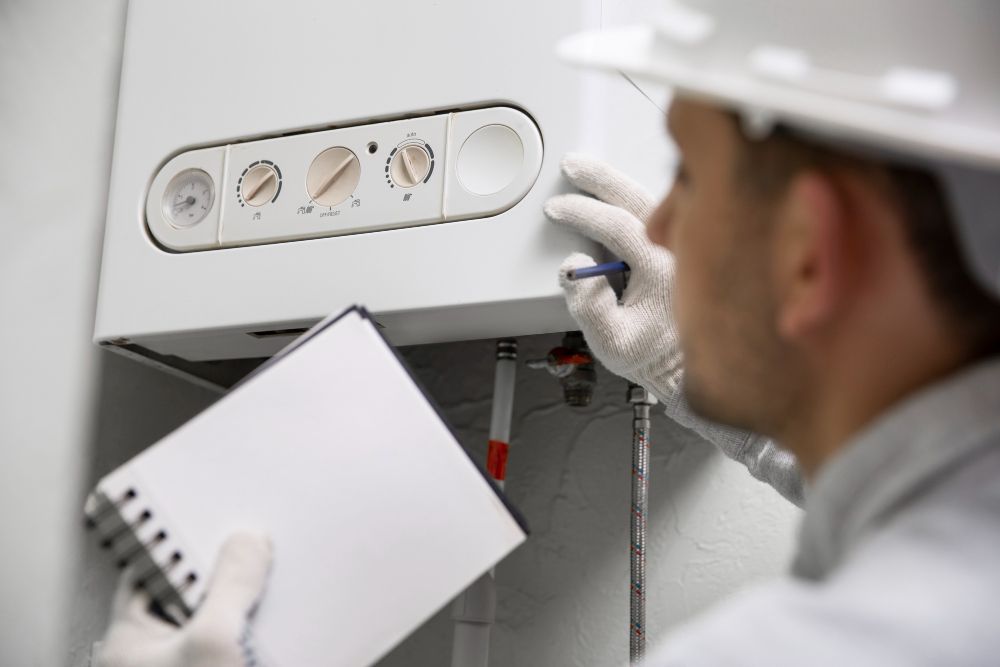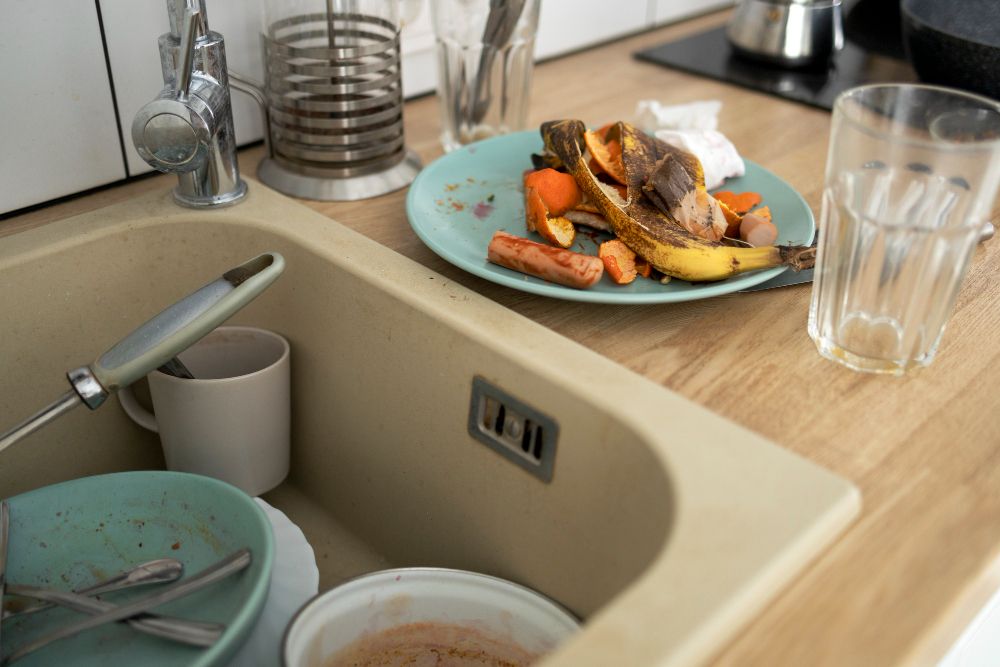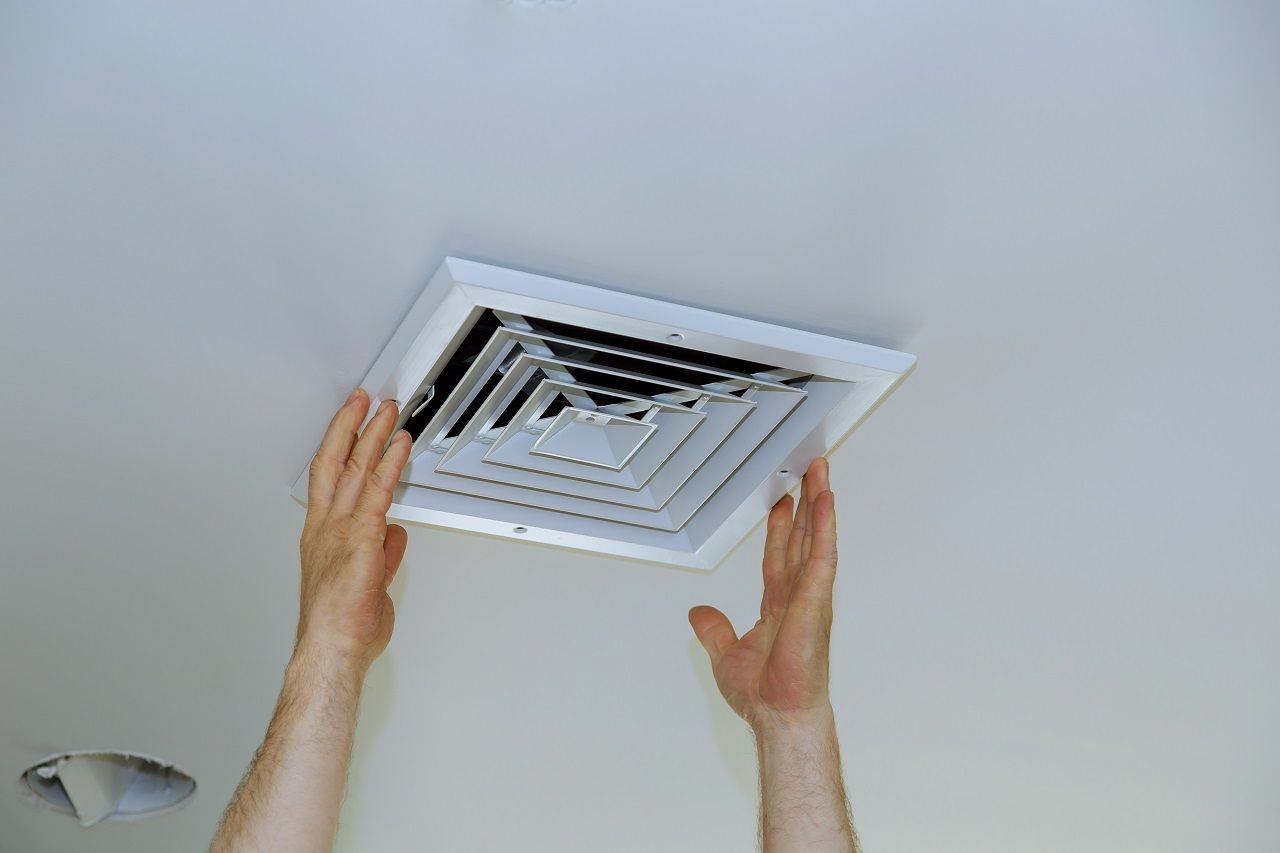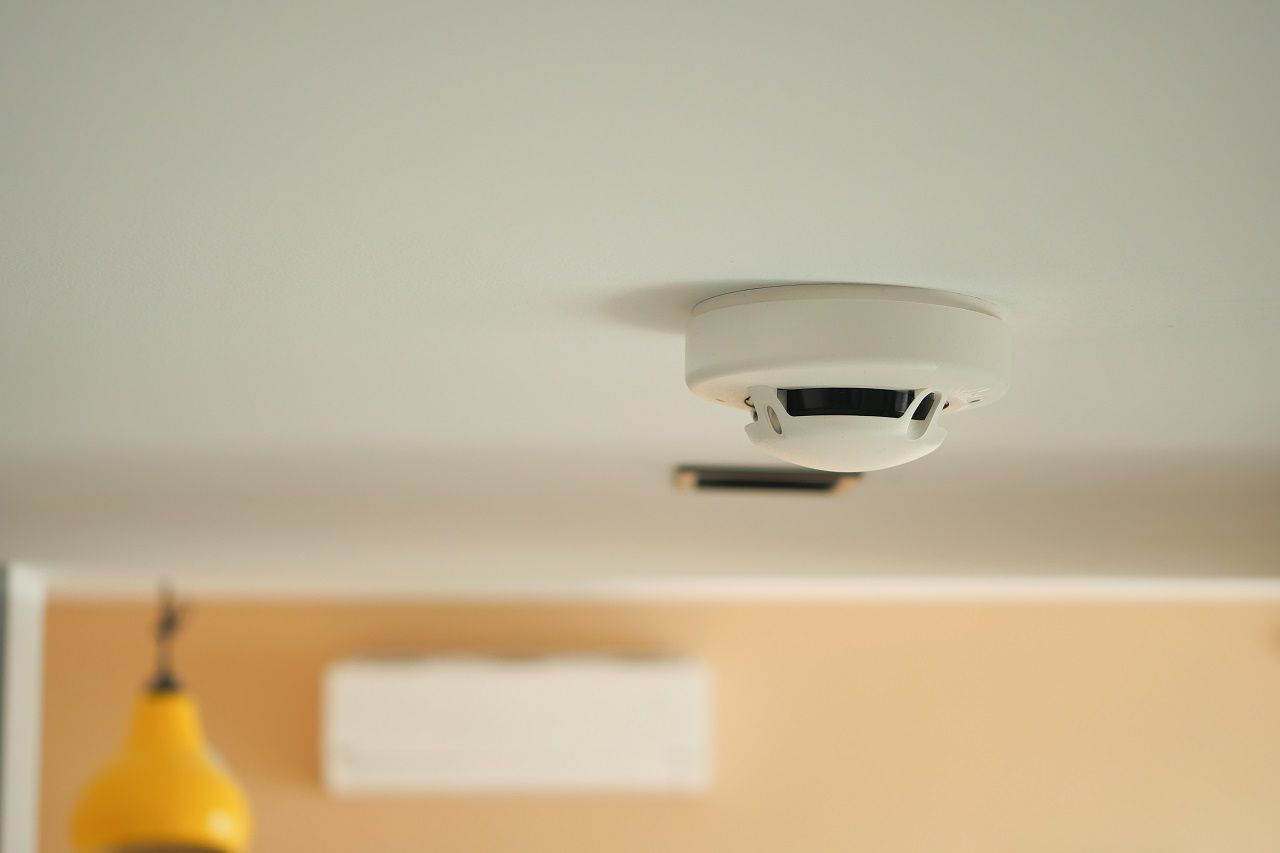The Main Differences Between Commercial & Residential HVAC
IMPORTANT NOTE: . Our company is located in British Columbia, Canada. If you are reading this article in another location, we hope you enjoy the information, but unfortunately we cannot service you.
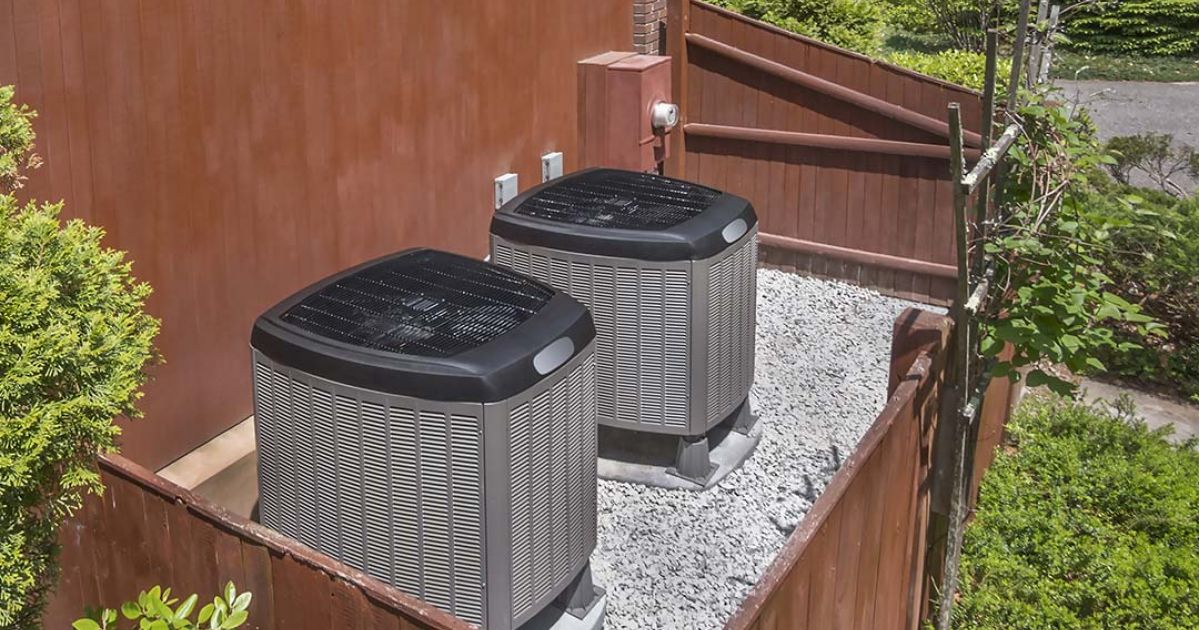
Whether you run your own business and have to look after the comfort and health of other people, or you simply enjoy spending time in your home, having an HVAC system in place such as A/C or a furnace, or both, can be beneficial. However, there may come to be a time when replacing these systems is essential.
You may be thinking to yourself, “Well, this business has an efficient system, why don’t I just ask my technician to have what they have installed in my home?” To that we reply, wait a minute. There are actually some crucial differences between commercial HVAC and residential HVAC you are probably not aware of. That’s where our expertise comes in! So today, let’s look at some of the biggest differences between the two types of systems.
Needs & Purposes
A commercial HVAC system must often serve a greater number of people. This means the units themselves need to be expertly sized in order to keep both customers and employees comfortable during the business’s peak hours.
A residential unit in contrast is generally smaller and varies less when it comes to proper heating and cooling capacity (i.e. there are less people to be concerned about compared to commercial).
Placement
Because of the greater number of people that commercial HVAC serves, this means the systems in general are larger to the point where they need to be placed in a very specific place: the roof. This is the typical placement so that the system itself doesn’t take up too much space next to or inside of the business’s building. It also ensures the system is protected from vandalism.
In contrast, residential HVAC is generally placed on the ground with enough space surrounding the units so as not to negatively impact anyone or anything else nearby. This is an impractical placement for commercial systems, however. Plus, when a system is placed on the roof, it makes it easy for professional technicians to conduct system inspections and any necessary parts repairs or new installations, whether brand new or to replace a broken down unit.
The Systems Themselves
Time for a mini glossary lesson! There are two types of unit descriptions that is worth knowing the difference between: packaged vs. split. For residential places, an HVAC system usually consists of two units. One is the indoor evaporator, the second is the outdoor compressor. These are what we call split units. For commercial purposes, most HVAC systems in fact possess combined heating and cooling components into a single unit. This is what we call a packaged unit.
While packaged units are generally easy to access, they are also more complex to maintain and repair compared to residential split units. There are also more thermostats to worry about in a commercial system, since different temperatures must be maintained in different zones throughout the commercial building. In contrast, residential split units are easier to maintain and repair, and there’s only the one thermostat you need to worry about.
Another difference to bear in mind that involves the systems themselves are how they are designed. Residential units are what are referred to as standalone—i.e. they are self-contained, single units which cannot be modified or expanded upon. What you see is what you get out of them.
For commercial units, their sizes are flexible enough that we call them modular. This is because they can have modules added to or removed in order to expand on or reduce the amount of heat or cooling that is supplied. This makes it very convenient for business owners to accommodate changing the heat and cooling needs as their companies grow or shrink. However, the usage of modules means great responsibility and care is needed. A technician should have ample experience installing and maintaining these larger module units, otherwise they’re more likely to run into serious problems.
We hope this has helped you understand your current systems better! Whatever type of HVAC you need to have installed, repaired, or replaced, get a professional technician who can take care of both these types of systems. At Rep-Air Heating And Cooling we provide our customers with many options that will best suit your needs from heating and cooling to refrigeration. Contact us today for your complimentary quote: 1-778-728-1476 or contact@repairheatingandcooling.com and don’t forget to take a look at our website: https://repairheatingandcooling.com. Follow us on Facebook and Instagram for free giveaways!
Request your service today!
Our team of highly trained technicians are standing by ready to help you out with all of your service, repair, and installation needs. You can count on us for on-time repairs, professional installation, and the friendliest customer service in town!Contact Rep-Air Heating & Cooling today to get started with service by requesting a quote online, or by phone at 778-728-1476.
Request Service
Contact us today to request an estimate or schedule service.

